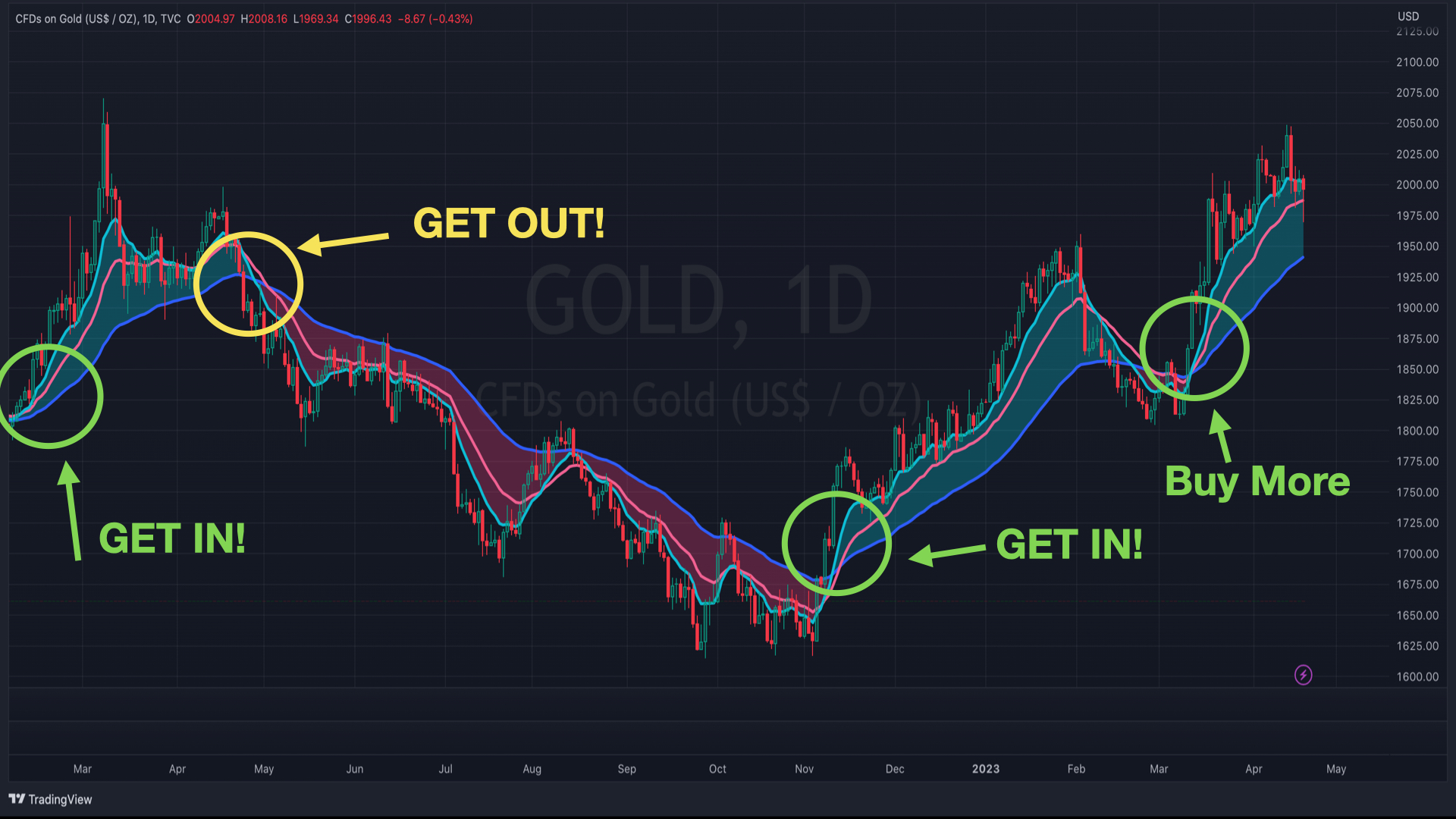Investing in precious metals is a popular way to diversify your investment portfolio and protect your assets against inflation, economic downturns or political instability. With a range of precious metals to choose from, including gold, silver, platinum, palladium, and others, investors have plenty of options to choose from when considering precious metals investments. In this blog post, we'll cover several tips to help you get started with investing in precious metals.
Determine Your Investment Goals
Before investing in precious metals, you should have a clear vision of your investment goals. Your objectives might include factors such as short-term vs. long-term investment strategies, how much risk you are willing to take on, and how much of your portfolio you wish to allocate to precious metals. By having a clear focus on your investment goals and objectives, you can get a sense of which precious metals investment options might be best suited for you.
Choose Your Precious Metals
Once you've established your investment goals, you'll need to decide which precious metal you want to invest in. Gold and silver are the most popular precious metals for investment. They are widely valued globally, stable, and generally viewed as safe-haven investments during times of economic uncertainty. Platinum and palladium are other precious metals that have become more popular in recent years, particularly in the automobile and technology sectors. Both metals are typically more volatile than gold and silver but offer the potential for significant returns over the long term.
Decide How to Invest
There are several ways to invest in precious metals, including physical assets, trading securities, and investing indirectly through precious metal exchange-traded funds. Physical investments in precious metals can take various forms, including buying gold coins, bullion bars, and silver rounds. These are tangible assets that investors can hold onto physically, and they can be stored in a safe deposit box or a vault.
Trading securities like futures contracts, options, shares of precious metals companies or exchange-traded funds may appeal to investors who prefer more convenience and liquidity over physical ownership. ETFs, for example, often track the price of a specific precious metal or a basket of precious metals and can be traded like stocks.
Consider Storage Options
If you do decide to invest in physical precious metals, you'll need to think about how and where you will store them safely. Depending on the amount and type of precious metals you own, you may consider storing your metals at home, in a bank deposit box, or with a reputable storage facility. Storing precious metals at home may be convenient, but it can also expose your metals to potential theft or damage from natural disasters. A bank deposit box, while more secure, may limit your access to your assets. Third-party storage facilities might offer an added layer of security and convenience, but they also typically come with storage fees.
Keep Up With Market Trends
It is essential to stay informed about the price movements of precious metals and market dynamics that affect supply and demand. As precious metals prices are influenced by various geopolitical and economic forces, it's important to keep up-to-date with news outlets and industry publications. Investors also can use market tracking tools and investment analysis information resources, such as Kitco or Yahoo Finance, to track metals prices and market trends.
In conclusion, investing in precious metals is a unique and robust opportunity for those seeking a reasonably dependable source for investment diversification in a rapidly changing economic and political environment. By carefully considering your investment goals, choosing your preferred metals, deciding how and where to invest, considering your storage options, and staying informed about market trends, you can successfully navigate the investment landscape and reap the benefits of investing in precious metals.




